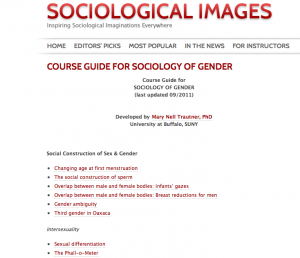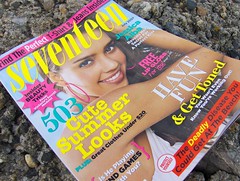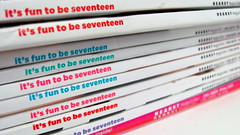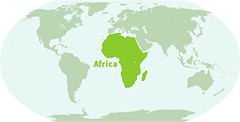The Society Pages’ first White Paper, published earlier this month, focuses on the intersections of politics and sport. White Papers are in-depth explorations of relevant topics in the social sciences and will be an ongoing part of The Society Pages. We recommend using this White Paper, “Politics and Sports: Strange, Secret Bedfellows” by Kyle Green and Doug Hartmann, in your classroom as a great overview of the politics of sports…and the sport of politics. 
This easy-to-read and informative paper explores many topics relevant to your students. Here are a few:
- Do sports play a role in maintaining racial stereotypes, in particular the athletic prowess and intellectual deficiency of black men?
- Similarly, how do gendered stereotypes of ability and interest in sports get reproduced? And how can such stereotypes be understood damaging for women?
- Should sports be understood as a site where boys learn how to “perform” a hegemonic brand of dominant and physical manhood?
- Are sports the “opiate of the masses”—something mindless to occupy the working class’s time and energy, which might otherwise be invested in creating drastic political change?
- How can we understand the infusion of sports language and metaphors in politics? Why do politicians use such language and what are the possible repercussions of this type of language?
- How should we understand the display of anthems, flags, and military personnel (or fighter jets) at sporting events of all kinds (e.g. standing for the national anthem)?
- Should tax dollars be used to fund professional sports stadiums? How has this taken-for-granted link between state government and for-profit sports teams been formed?



 Have them bring their examples into class and form small groups for a “Gender Workshop” (this could definitely work in a large class!) They’ll take turns describing their finds to the other members of the group. After they’ve all had their turn, they’ll have a guided discussion about their experience, addressing these questions in a small group discussion:
Have them bring their examples into class and form small groups for a “Gender Workshop” (this could definitely work in a large class!) They’ll take turns describing their finds to the other members of the group. After they’ve all had their turn, they’ll have a guided discussion about their experience, addressing these questions in a small group discussion:

 Prostitution is one of those topics that incites very strong reactions–making it very difficult to discuss in the classroom. In the
Prostitution is one of those topics that incites very strong reactions–making it very difficult to discuss in the classroom. In the 

